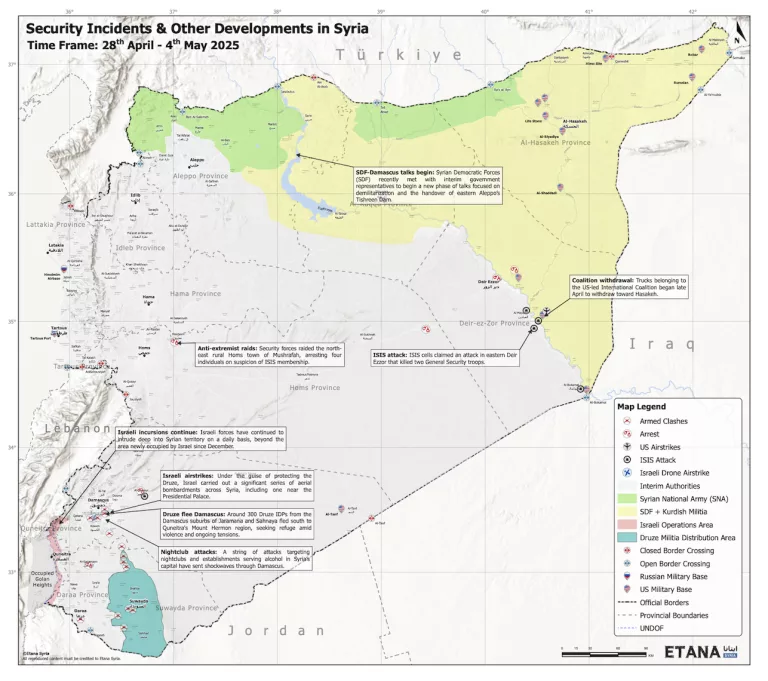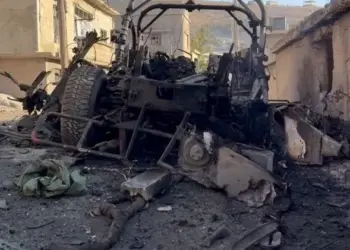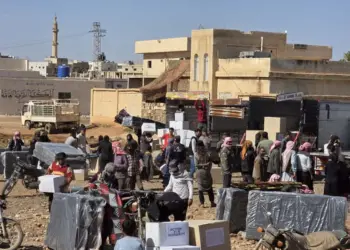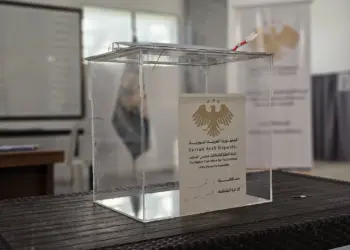An outbreak of armed clashes and anti-Druze sectarian violence in Suwayda province and the Rural Damascus towns of Jaramana and Sahnaya last week appears to have reached a tense impasse. For the time being, interim authorities have accepted de-escalation and stalemate, but continue to see the relative autonomy of Druze regions as unacceptable. Meanwhile, sporadic light clashes between Druze and Bedouin groups have continued to erupt around the western countryside of Suwayda. Some of these Bedouin groups are encouraged and covertly supported by interim authorities in Damascus. Interim authorities have favored this playbook of exploiting local divisions and supporting local proxy actors to strong-arm groups into security arrangements with the interim Ministry of Defense, while ignoring underlying grievances around power-sharing, genuine institution-building and an inclusive political process. As such, interim authorities will continue to capitalize on any instability to undermine the independence of Druze leaders and factions moving forward.
Facing increased pressure from interim authorities following the Druze clashes and drawdown of the US-led International Coalition in the north-east, the Syrian Democratic Forces (SDF) find themselves in a precarious position, effectively forced to renew engagement in negotiations to hand over the Tishreen Dam, integrate its units into the Syrian army and transfer control of all civilian institutions in the north-east over to authorities in Damascus. Even as Damascus forces the capitulation of local armed factions in the country through security tactics, its failure to redress the core political demands of these groups and their communities is entrenching fear, mistrust and division as the foundation of a post-Assad Syria.
Armed Clashes & Sectarian Violence in Druze Areas
In late April, the online leak of an audio clip purporting to show a Druze cleric insulting the Prophet Muhammed sparked inter-communal violence in Syria, leading to mobilizations of General Security and former opposition factions against the Druze areas of Jaramana and Sahnaya—to the south-east and south of Damascus respectively—as well as south Syria’s Suwayda province. At least 120 people died in a series of fierce clashes between Druze and local Sunni factions from Mleiha, Eastern Ghouta and Darayya that received tacit support from interim authorities in Damascus. A rapid outpouring of anti-Druze hate speech on social media helped fuel the bloodiest sectarian clashes since the events on the Syrian coast in March, leading to the displacement of hundreds of civilians from the Damascus suburbs and marking a new low in relations between the Druze community and interim authorities in Damascus.
Israeli forces have continued to wade into the conflict, deploying airstrikes and threats against the interim government, all under the guise of protecting the Druze minority. Syria’s Druze community has rejected and denounced Israeli intervention in Syria’s affairs and its military aggression in violation of Syrian sovereignty. On 2nd May, a precision strike near the Presidential Palace served as a direct warning to President Ahmad al-Shara’a’s administration—despite a ceasefire already being reached between interim and local authorities in Jaramana and Sahnaya in recent days. This was followed by further bombardments later in the day and subsequently on 3rd May, as Israeli warplanes targeted military sites and warehouses across the country, including in Rural Damascus, Daraa, Latakia and the western Hama countryside.
The attacks coincided with daily incursions into areas of Daraa and Quneitra by Israeli forces. Israel’s involvement in the recent crisis has only served to exacerbate sectarian tensions, while its ongoing practice of expansive ground incursions and airstrikes aimed at achieving its stated objective of demilitarization in Syria undermines any prospect of long-term stability in the country. During the Israeli operations, Turkish fighter jets reportedly issued electronic warning signals and jammed Israeli aircraft systems operating in Syrian airspace, attempting to halt the attacks.
While Druze factions remain on high alert across Suwayda, the ceasefire appears to be holding in Jaramana and Sahnaya. Tensions have decreased across the south for the time being as well. Despite the pausing of General Security operations against Druze factions and official calls for de-escalation, sporadic light clashes between Druze and Bedouin groups have continued to erupt around the western countryside of Suwayda. While some of these Bedouin groups are encouraged and covertly supported by interim authorities in Damascus, the disputes also build on unrelated cycles of violence and revenge killings between the two communities going back to 2023.
North-East Syria
While the eruption of anti-Druze violence of last week has unnerved supporters of the Syrian Democratic Forces (SDF) and highlighted the risks of disarmament, Kurdish leaders have been left with few good options as the US-led International Coalition began withdrawing critical infrastructure and equipment from north-east Syria. In late April, dozens of trucks belonging to the International Coalition withdrew from their Al-Shaddadeh base towards Hasakeh, the first in a series of drawdowns and reorganizations of coalition forces in the region.
At a recent meeting, interim government representatives met with leaders of the SDF to begin the initial phase of renewed negotiations, expected to focus on the demilitarization and handover of the Tishreen Dam in eastern rural Aleppo to interim authorities. This will likely be followed by further negotiations to transfer Deir Ezzor’s oil fields and return of state oil company personnel to resume operations at these sites. The enormous security shift triggered by these withdrawals has put the SDF in a far more precarious position than before, forcing leaders into further rounds of negotiations with authorities in Damascus despite serious reservations and opposition from a significant portion of the Kurdish population in north-east Syria.
Extremist Developments
In its first officially claimed attack against interim authorities, ISIS cells killed two General Security troops in an armed attack on a General Security checkpoint in the eastern Deir Ezzor area of Ain Ali on 5th May. The attack against General Security forces comes in the context of increasing anti-ISIS raids by General Security units, who in recent weeks arrested a number of individuals on suspicion of affiliation with ISIS cells in Homs province.
The recent increase in anti-SDF attacks by ISIS last month also continued to expand in scope and intensity across areas still under the control of the Self Administration. In one week from the end of April, ISIS cells launched attacks against an array of SDF units and figures in the vicinity in Deir Ezzor, killing three individuals and injuring another three.
A string of nightclub attacks also sent shockwaves through Damascus, as armed men broke into several establishments in and around the capital over the weekend to assault attendees and close down venues. A woman was killed in one of these attacks, and owners of other establishments remain on edge as assaults by unknown gunmen or Islamist armed groups on mixed entertainment locales serving alcohol have grown in recent weeks. Interim officials at the provincial level claimed that the attackers will be pursued, but many Syrians remain skeptical of the government’s commitment, given their silence on the topic and the conservative ideology of key figures within the administration.






